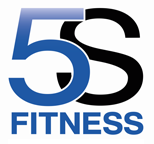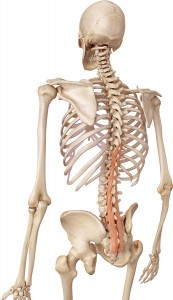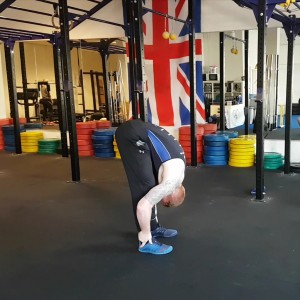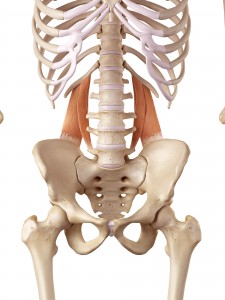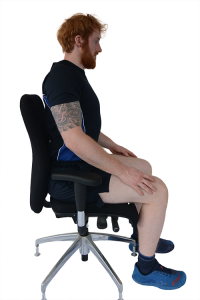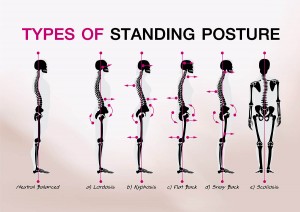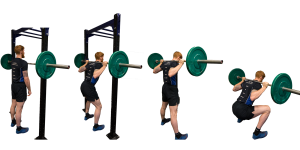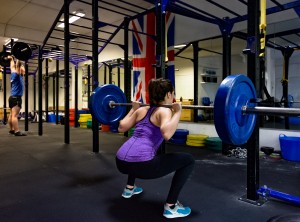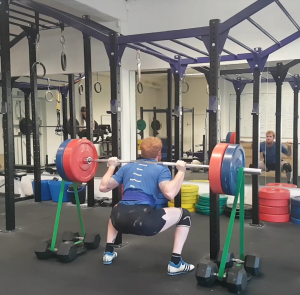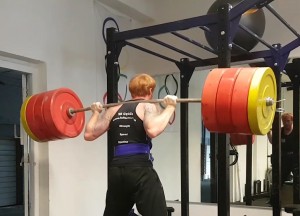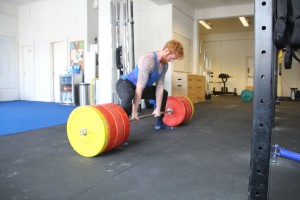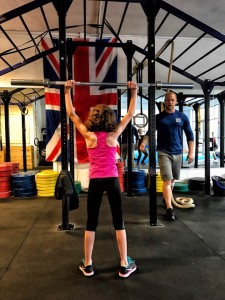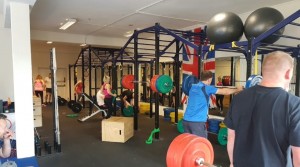The Truth About the Spine
I have seen a lot of vids recently showing the Jefferson Curl. They get a lot of attention because they show an individual rounding (bending) their spine (including the lumbar spine) while under load.
The spine can bend and twist and of course it is healthy for it to do so. The real question is, what is the correct way to load different positions – so I will be talking about the spine from a lifters point of view.
Note: There are various back problems that can be aggravated by excessive extension, flexion or rotation of the spine. However, it is well understood that if we ingrain the thought process that the spine is inherently weak or vulnerable, it has a negative impact on back pain.
Although it is completely normal for the spine to bend and twist and it is a little ridiculous when people lose their minds over a bent back while picking up a pencil, there is no doubt that the ideal spine position while lifting heavy loads (“heavy” is different for different people), is a “Neutral Spine” position – this doesn’t mean it always has to be neutral!
A Neutral Spine refers to a position where the vertebrae are unbent and untwisted. This leaves the vertebrae stacked on top of each other, producing the normal “S” Curve – the extent of these curves can vary from person to person (that’s normal), but we don’t want them to be excessive.
Q. Why can’t these curves be excessive?
A. Well they can, we all have different morphology and most of the time your specific morphology shouldn’t cause you any issues. However, when we train someone with too much lordosis (curve of lower spine) for example (usually due to their pelvis having an anterior tilt), we find their lower back muscles overwork during squats, often contributing to back pain.
When a lifter squats with a posterior pelvic tilt on the other hand, they often put a lot of extra stress through their sacroiliac joints (SIJ).
The stress on the SIJ is reinforced when a lifter has long femurs creating a squat with more forward lean/tilt of the torso. The forward lean lengthens the hamstrings and results in a much earlier “butt wink” (posterior pelvic tilt during the squat causing lumbar flexion) – when this happens, there is a greater risk of SIJ ligament sprains (one of the most common injuries I see in lifters).
Note: When a lifter butt winks during an ass to grass (Olympic squat), there is less stress on the SIJ. The stress is more prevalent during a powerlifting (often low bar squat), where the tilt often happens much earlier (around the parallel position) – butt winks are common and not the end of the world, but they will increase stress on certain structures which is something to be aware of.
When it comes to the deadlift, we definitely don’t want the lumbar spine to flex under heavy load, and ideally we dont want the thoracic spine to round too much either. However, the thoracic spine is able to flex safely under higher loads due to the rib cage and the large musculature that surrounds it (the lumbar spine is not surrounded by other skeletal structures).
A rounded upper back is something we see quite often, due to the length of time people spend in rounded/hunched positions, and also the fact many sports and activities involve us reaching forward more than any other direction (protraction not retraction). Again, this isn’t always an issue. However, having rounded posture can effect someone’s ability to extend their thoracic spine.
If you struggle to extend your thoracic spine, then while
pressing a barbell overhead you will compensate by extending you lumbar spine, which can lead to back pain. This compensation occurs because your shoulders have about 165° of flexion (the normal range of motion), the final 15° comes from thoracic extension. Therefore, to safely take a barbell overhead, you need good shoulder and thoracic mobility.
Finally we come to the bench press. I am sure many of you have seen crazy arching on powerlifting videos and yes, it does look a little ridiculous. However, as will be my final point, if an individual has the strength and mobility to achieve it (doesn’t suffer from back pain exacerbated by extension) then usually it is fine. This is because the weight is perpendicular to the spine, so the weight is not compressing the massive arch.
To finish, the one rule that trumps all others: If you have the strength to accommodate the stress, then you are fine.
However, there is always an optimal position/posture for a specific movement, and you should aim to be within the optimal range – just because it doesn’t hurt now, doesn’t mean it won’t at a later date… Always choose OPTIMAL!
Thanks for reading
Jay
